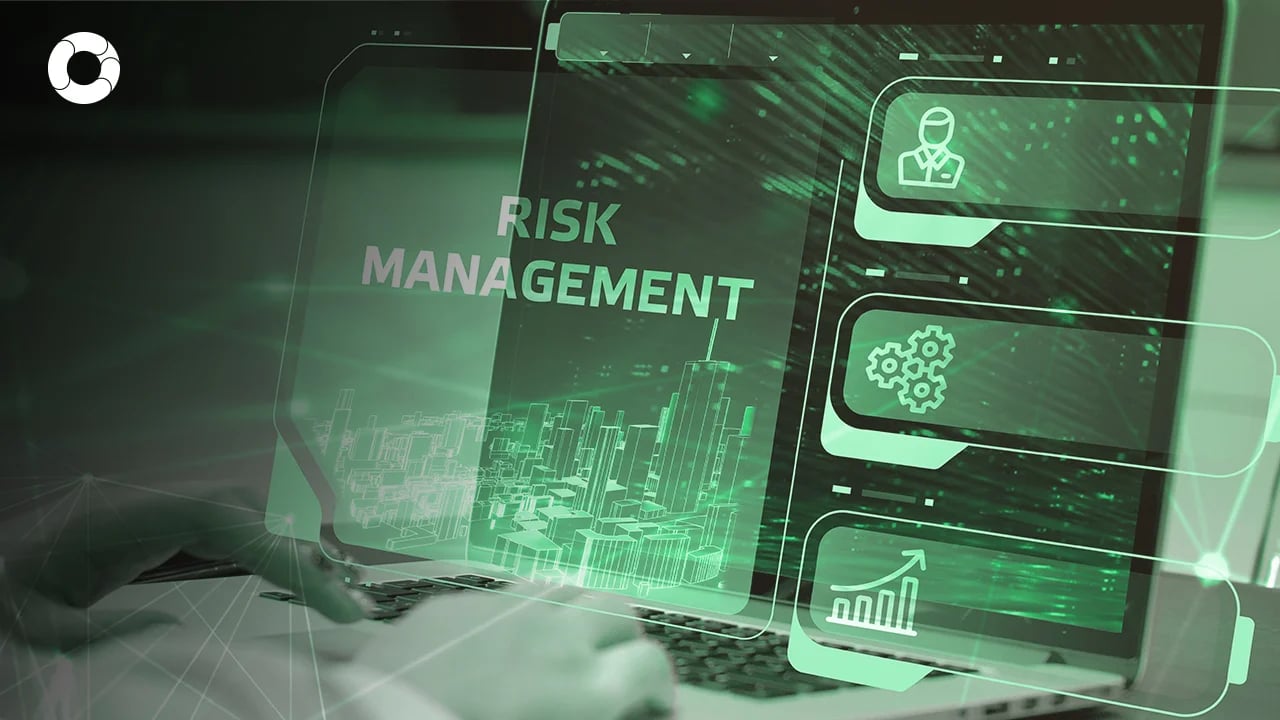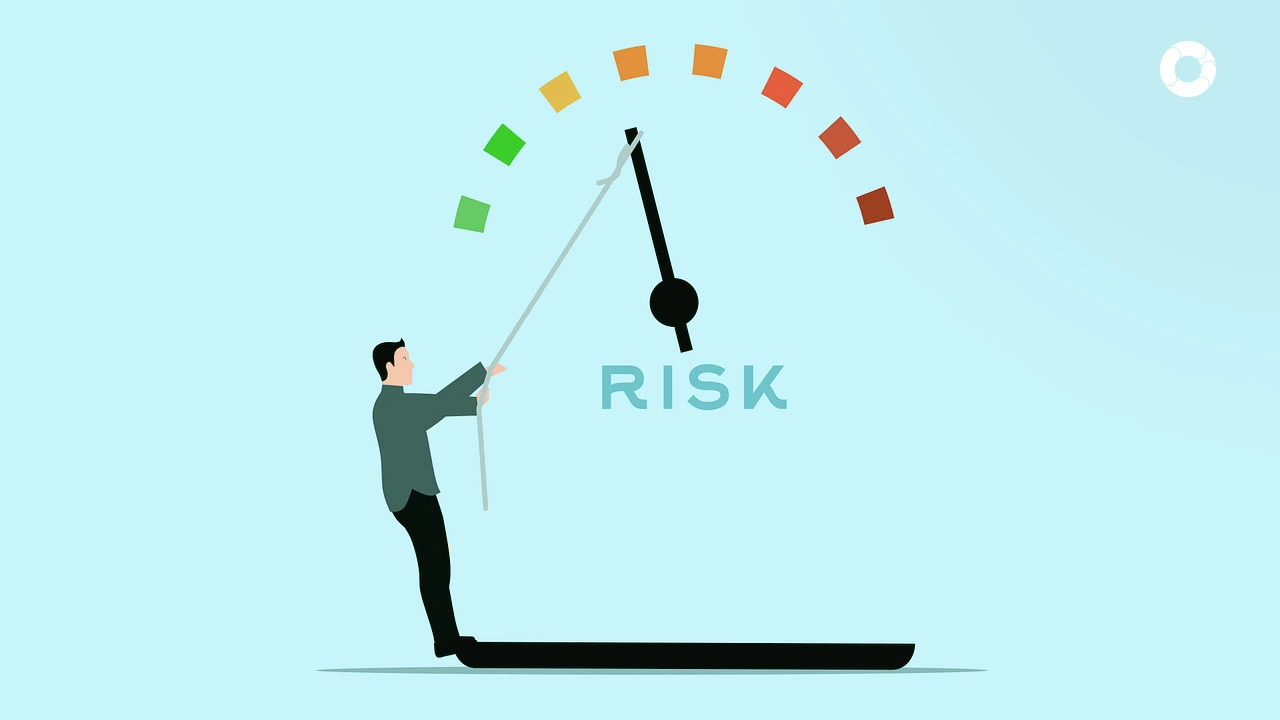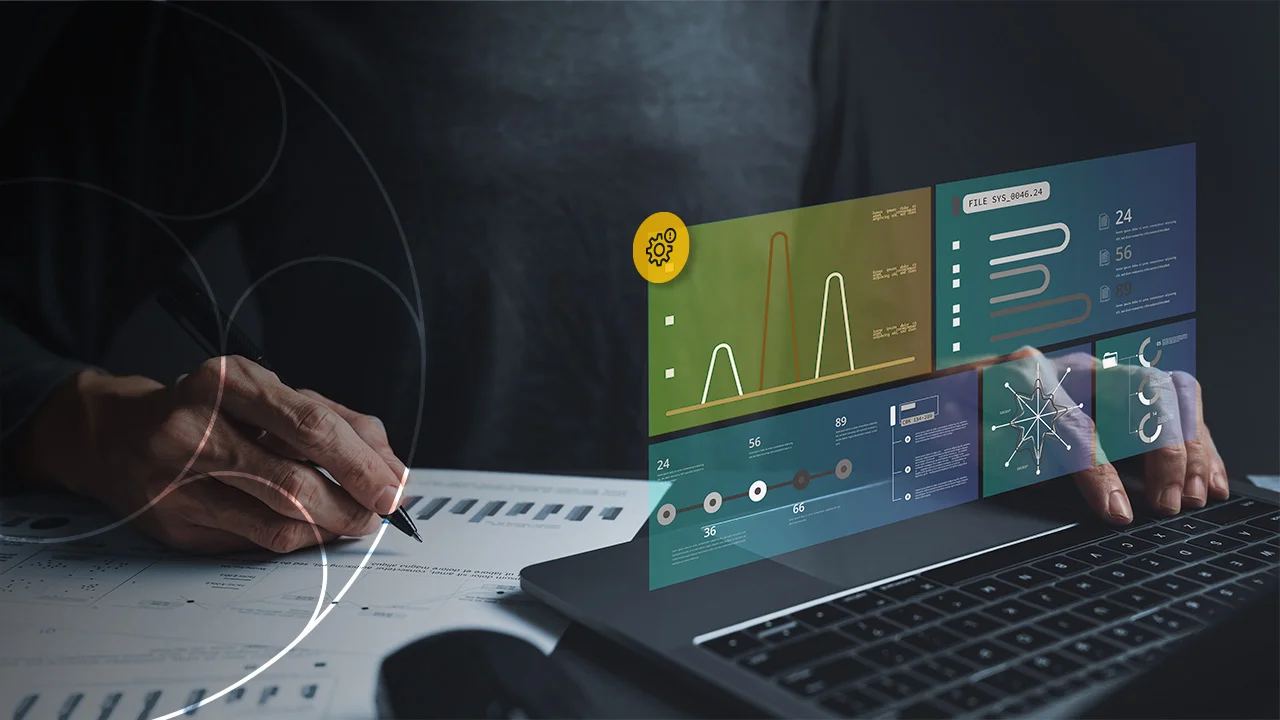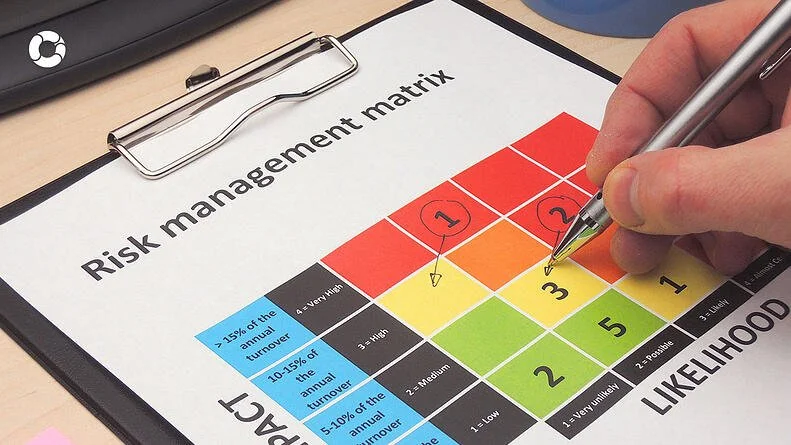Trends and Future in Operational Risk Management

How to continue the organization's operations without interruption? How to avoid severe financial losses? How to be prepared for contingencies? These are some of the most frequently asked questions that business organizations seek answers to mitigate operational risk.
However, the new and different ways operational risk can arise from system failures, human error, cyber-attacks, external events, etc., make efficient operational risk assessments a complex task.
Stay with us, and we will explain what you can expect for the future of operational risk management, the trends, the most efficient solutions, and what points you should reinforce to prepare your company.
Let's get started!
Operational Risk Assessments Relevance: Current Situation
Operational risk refers to all those dangers that affect the continuity of a company's daily activities. This danger can arise from people's mistakes, bad decisions, failures in its processes, the affectation of internal systems, or external events, whether political, economic, or social, that prevent the business organization from developing its operations. However, since it involves a dozen types of risks, it is more complex to define, measure and manage.
Why is it crucial to mitigate it? Because this type of risk generates severe financial losses. To put it in context, for 2018, operational risk cost companies almost $80 billion; by this, business organizations were focused on finding better solutions that would keep them up to date with an unpredictable environment.
By 2020 this situation will intensify with the arrival of the pandemic. It is estimated that in America alone, the economic toll of COVID-19 will reach US$14 trillion, making it necessary to implement an operational risk management model that can adjust quickly as this type of risk evolves.
Let's see the future developments, read on!
Future operational risk management framework
The business environment and the way of operating, analyzing, and controlling risk will evolve rapidly, and operational risk management does not escape this dynamic, so we present the five most significant future trends that will define the operational risk management framework:
- Increased digitization
As technology advances, companies rely more on technology to analyze risks, predict their likelihood, and assess their potential impact.
The use of advanced data processing and analysis tools, implementation of internal processes based on AI, and machine learning, which allow the creation of an automated work environment to reduce the probability of human error, will be essential.
- Strengthening cybersecurity
It is currently estimated that around 2328 cyber-crimes are thought to occur each day, with an increasing trend as new and more sophisticated forms of cyber-attacks emerge every day. A practical operational risk management framework is expected to cover critical fronts, such as protecting data against breaches, leaks, improper access, hacking attempts, or ransomware.
Basic measures within each business organization will be the regular assessment of security controls, data encryption, password management, multi-factor authentication for access, biometric recognition, and rapid patch management. These are just some of the key elements that companies will implement.
- Special attention to the consequences of climate change
Yes, this is one of the points you least expected to see in these trends. Still, climate change may represent a significant risk for the continuity of operations of business organizations in the coming years.
Companies annually pay, on average, $677,000 for reporting on the risks from climate change; these figures reveal the importance of operational risk assessments based on identifying and mitigating hazards from extreme weather events, potential supply chain disruptions, natural resource shortages, etc.
Companies will start planning for the crisis, with a plan for adaptation and diversification of the supply chain, use of alternative energies, and green technologies, based on the geographical area of each organization.
- Structuring resilient internal processes
Companies are increasingly focused on the globalization of their products and services, and as this growth expands, their supply chains and internal production, distribution, and marketing processes become more complex. Faced with situations such as pandemics, shortages of raw materials, and transportation difficulties, companies must design a resilient operations infrastructure and contingency plans to minimize the impact of potential disruptions.
Find out more!
Bonus
Pirani: Keep probability to a minimum!
Pirani is a risk management software that allows companies to map their internal processes, enter risk indicators according to their industry, and track the work in different areas and levels in real-time to point out vulnerabilities or failures. It also allows team members to be aware of potential hazards, estimate the probability of occurrence and measure the scope it could have on the continuity of operations.
Pirani also provides key tracking metrics, centralizes vital information, and enables crisis scenario planning and timely decision-making. In addition, its innovative integration with ChatGPT automates and strengthens its database, and implementing best practices to prevent cyber-attacks strengthens regulatory compliance and minimizes human error.
Let's look at some essential steps that will continue to shape ORM in the future!
Critical steps of operational risk management in the future
Step 1: Increasing transparency
Companies must implement two levels of supervision, one led by risk management teams and one automated through IT tools, ensuring operational excellence and transparency of business operations.
Step 2: Replacing manual assessments.
The creation of IT infrastructure is necessary, with the integration of AI-based predictive analytics tools, as these enable the analysis of data from your internal and external operations, and generation of real-time reports automatically, and the issuance of alerts in case of irregular situations, sudden changes in behavior, or pattern recognition of operations.
Step 3: Training of cybersecurity personnel
Undoubtedly, this is one of the vital steps of operational risk management for the organization's viability. Each risk management team must have cyber risk specialists to strengthen the monitoring and analysis of technology solutions, guide their configuration, and be able to promote real-time detection of risk.
Has your business suffered any disruption in your operations? Have you incorporated any ORM tools?
You May Also Like
These Related Stories

Navigating Operational Risk Management: An Overview

Operational Risk Management: Strategies and Examples

Features and Benefits of ORM Software for Risk Mitigation

Techniques to assess risk in your business

Understanding the Main Objectives and Purposes of Risk Management


No Comments Yet
Let us know what you think